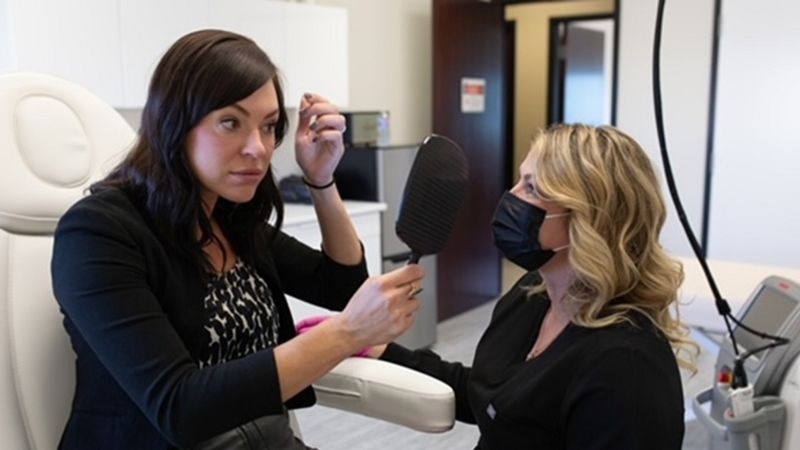Fall Prevention 101
In Canada, falls are the second leading cause, after motor vehicle collisions, of injury-related hospitalizations for all ages, accounting for 29% of injury admissions to hospital.
The fall-related injury rate is nine times greater among seniors than those less than sixty-five years of age.
Falls cause more than 90% of all hip fractures in seniors and 20% die within a year of the fracture.
With falls being a leading cause of injury and the resulting injury having a dramatic change in one’s life style how can we prevent falls in the home. It’s easy, take time now to make some of these minor changes:


